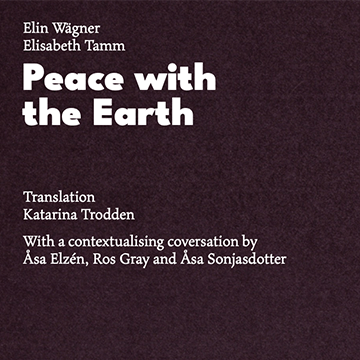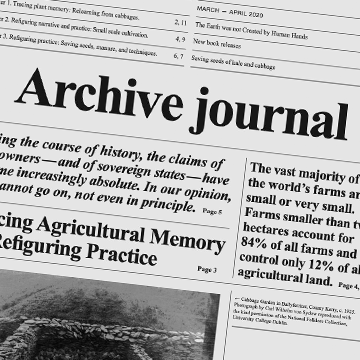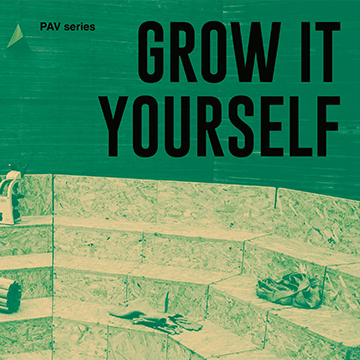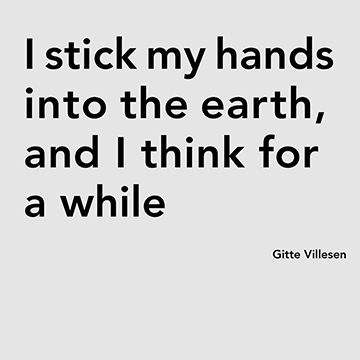The pamphlet Peace with the Earth was published by the Swedish suffragettes and peace activists Elisabeth Tamm and Elin Wägner in 1940, after the outbreak of the Second World War. Elisabeth Tamm served as one of the first women in parliament and was an organic farmer. Elin Wägner worked as a writer and activist on matters of women’s rights, peace, and ecology, and was a member of the Swedish Academy. The authors’ observations and proposals connect questions of agriculture to those of custody of land and habitats, where the ‘arrogant desire’ to own land must be overcome.
Tag: Earth
Archive Journal n°9
This issue was initiated by visual artist, researcher and amateur plant breeder Åsa Sonjasdotter to accompany her exhibition and seed propogation project at Project Arts Centre (PAC), Dublin. In collaboration with practitioners of cultivation, the project 'Peace with the Earth – Tracing Agricultural Memory, Refiguring Practice' revisits histories of agriculture. It investigates soil, habitat and dwelling histories, in order to challenge and transform long-established cultural narratives of cultivation and ecological thinking.
Grow it Yourself
There is no question that ecological ideas have by now acquired a central role in contemporary episteme. In contrast, the heuristic function that these ideas can assume in the current polarisation is questionable: that which, over the last decade, has identified the environmental crisis with the (categorical and totalitarian) concept of the Anthropocene. […] Nonetheless, if it is true that the concept of the Anthropocene has its origins in this “change in state” of human activities, the impression remains of being witness to a new form of universalizing anxiety (impatience) that is ready to re-establish and recapture the ecological discourse within a to- talitarian and centralizing narrative, in a sort of modernist, meta-narrative to whose liquidation the environmentalism of the 1960s and 1970s (with its movement-based and destituent nature) had contributed.
I stick my hands into the earth, and I think for a while
Travelling through the forest in Mexico, I reread Ursula Le Guin’s The Word for World Is Forest, which is set on a planet covered with forest. The inhabitants of the planet have trained themselves to master their dreams. For them, dream-time and world-time are equally real. At some point, a group of earthlings arrives, intending to colonise the planet. To the locals, the invaders’ dreams seem like those of a 3-year-old with no control and no awareness. Also, the earthlings use hallucinogens that send their dreams out of control.



